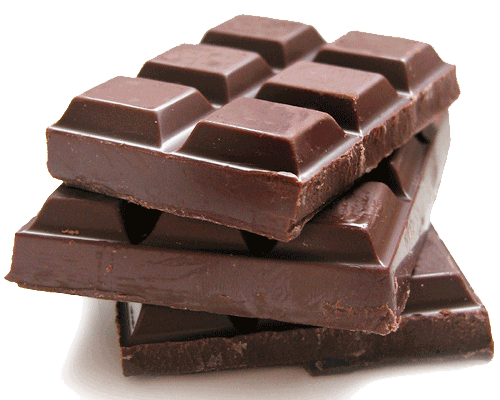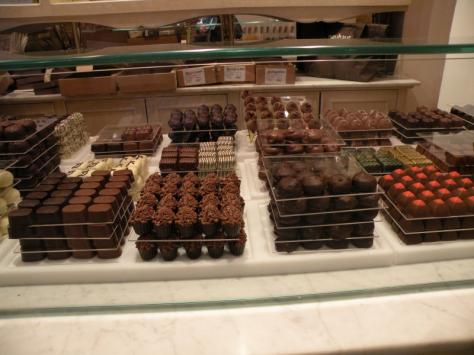
Two of the basic elements in Mexican cuisine are tortillas dough and chilies. It would be wrong to claim that these could be replaced by other ingredients giving the same flavor and consistency. However, it is possible to substitute certain alternatives in some dishes.
For example, tortilla dough is used in making tamales and various drinks as well as tortillas themselves. Tortillas are a must in Mexican cooking generally and, in particular, in making tacos. They can be made from rice or wheat flour too, especially if it is wholewheat. In fact, in the north of the country, such tortillas are more usual than the corn tortillas. They can also be replaced by french crepes, provided they are soft and easy enough to roll up, in the Aztec pie recipe. In any case, when following recipes for making flour tortillas or crepes, make sure they are thin as possible so that if you need to toast them, they will crisp quickly in a frying pan or on a griddle.

Chillies are a big problem, especially because of the enormous variety available in Mexico. If you are going to make a dish which requires pasilla chili and you use another variety instead, the result will be different. Chilies are not merely hot; if they were, other condiments such as mustard, spices or turnip could be used. Each chili has its own individual flavor too.
Another major difficulty is that a mixture of chilies is often used to get just right taste and consistency of the right ingredients, the dish will just not turn out right. Some dishes do not require chili and others, as a last resort, can be made without it.
Great lovers of cooking will possibly be able to find similar or equivalent ingredients. Mexico is not the only country where you chilies are grown, although perhaps the varieties produced elsewhere are different. If so, don't be afraid to experiment. It's good to preserve tradition but it's also fun to come up with variations.
What is true is the Mexican cooking has become international, and many products are exported and sold in other countries. More than 500 products derived from corn are sold throughout the world, so it is certainly not impossible to obtain them elsewhere.
In the USA not only the border towns are full of stores specializing in Mexican food, but also much larger cities such as New York, Los Angeles, etc.. to mention just two. There are plenty of Mexican food stores, it is just a question of finding them, making contact and becoming a costumer.1

Among the fresh and canned products I have found exported are:
Flour Tortillas
Corn Tortillas
Corn(Whole kernels)
Corn(Cracked kernels)
Corn
Cornmeal
Pre-cooked corn for pozole
Pozole
Sweetcorn
Mole poblano
Red Adobo
Green pumkins seed adobo
Tamales
Atoles
Flavored pulques
Beans with pork
Refried beans
Mexican sauce
green chili sauce
chile de arbol sauce
chilies chipotles adobados
pickled serrano or jalapenos
pancita
Dried epazote
Whole range of dried chilies
And more ingredients.
1. Fernadez, Adela "La tradicional cocina mexicana y sus mejores recetas", Ed panorama, 15 edition, 61 - 64 pp. 2005, Mexico.

























